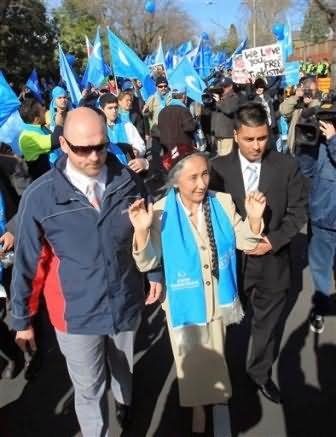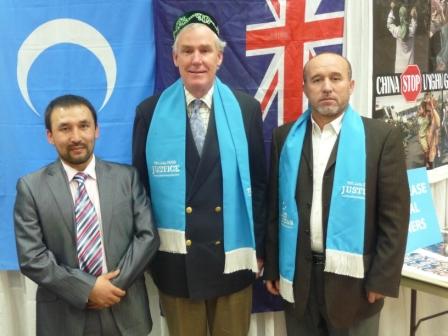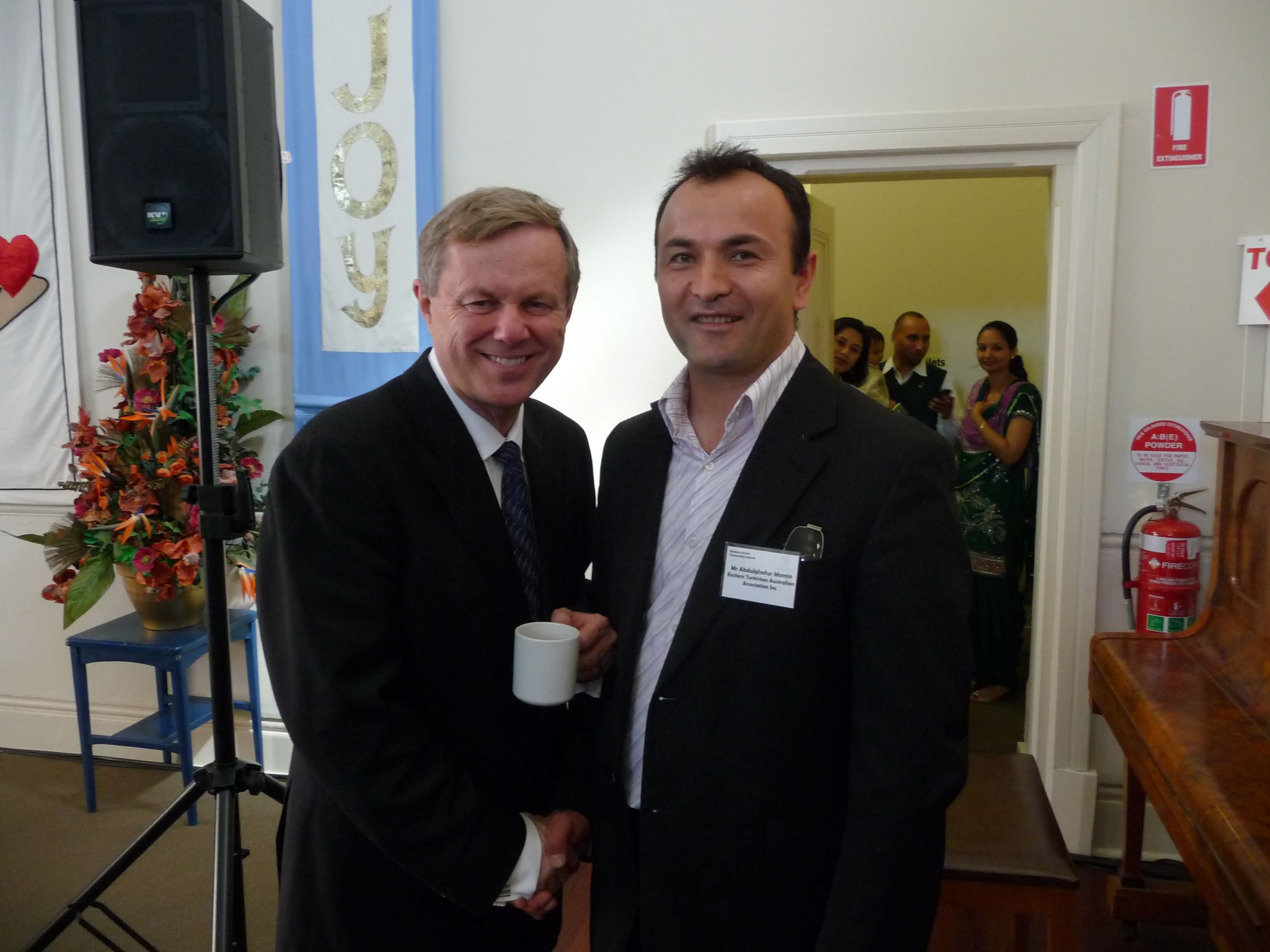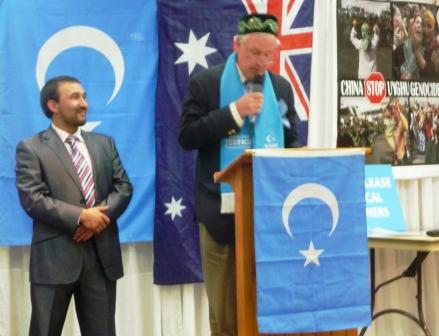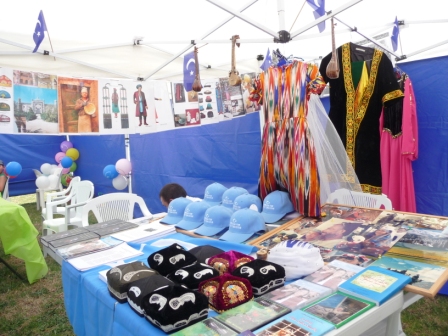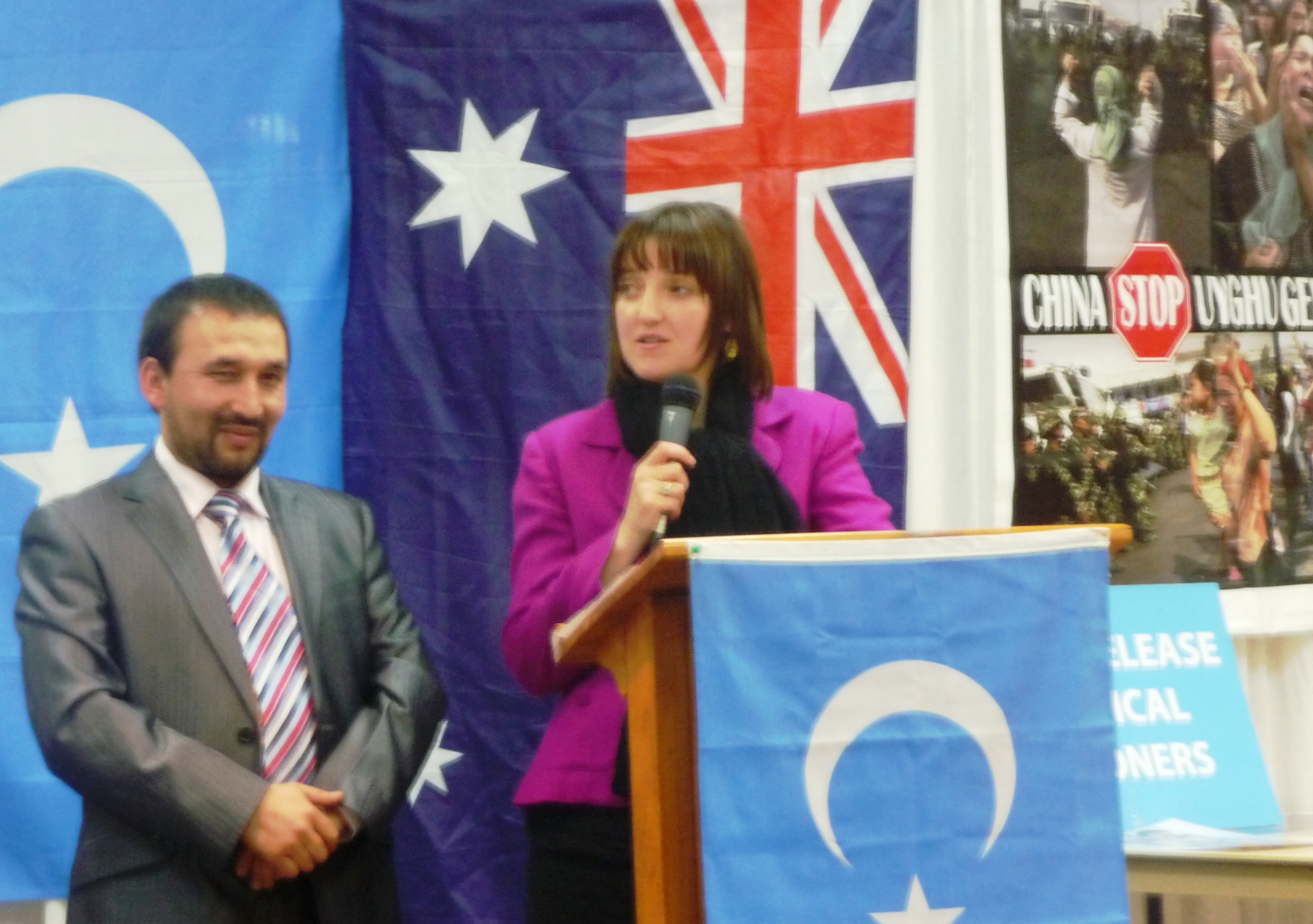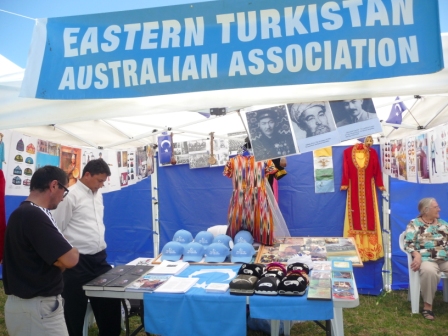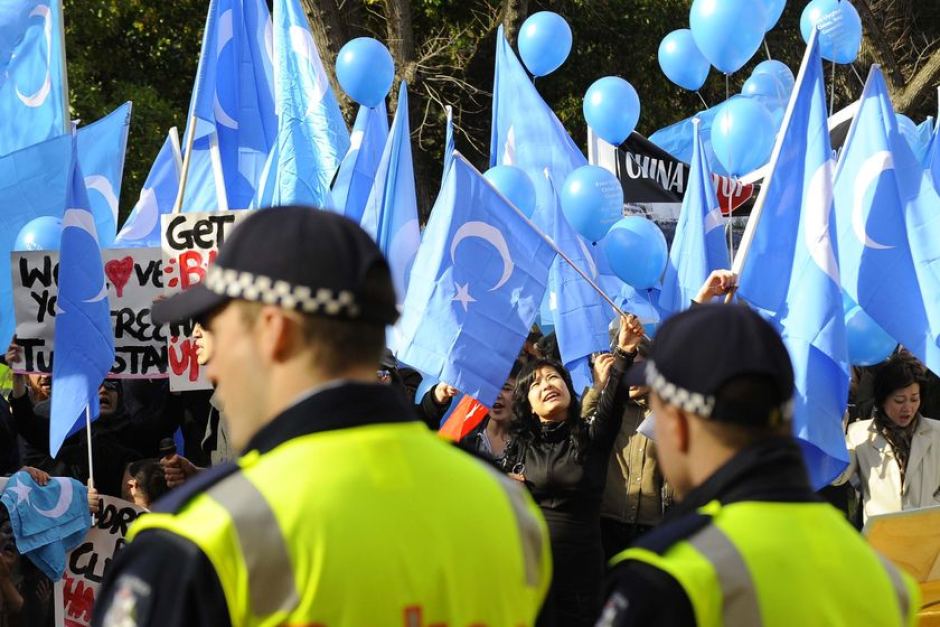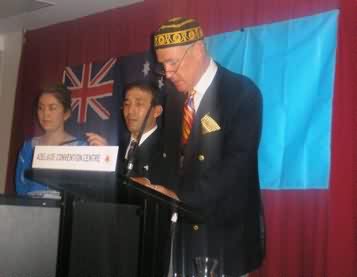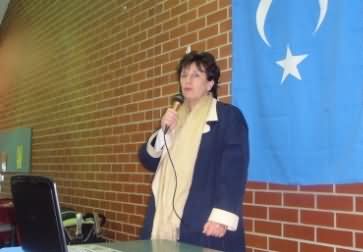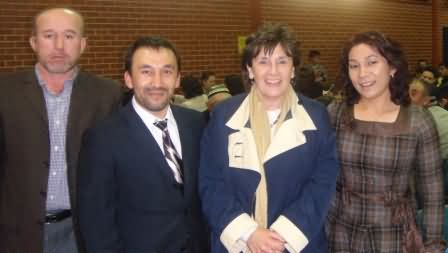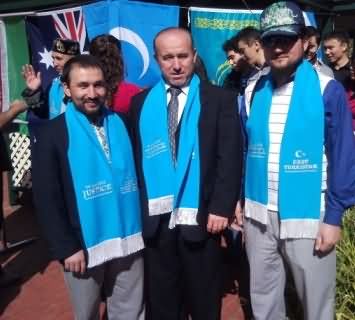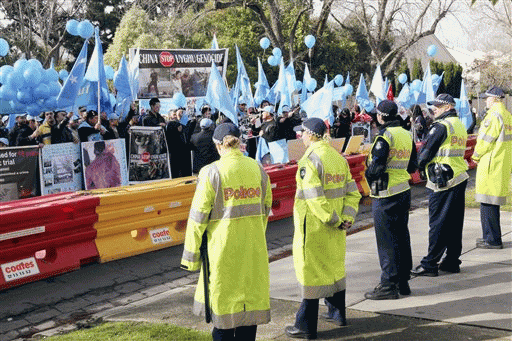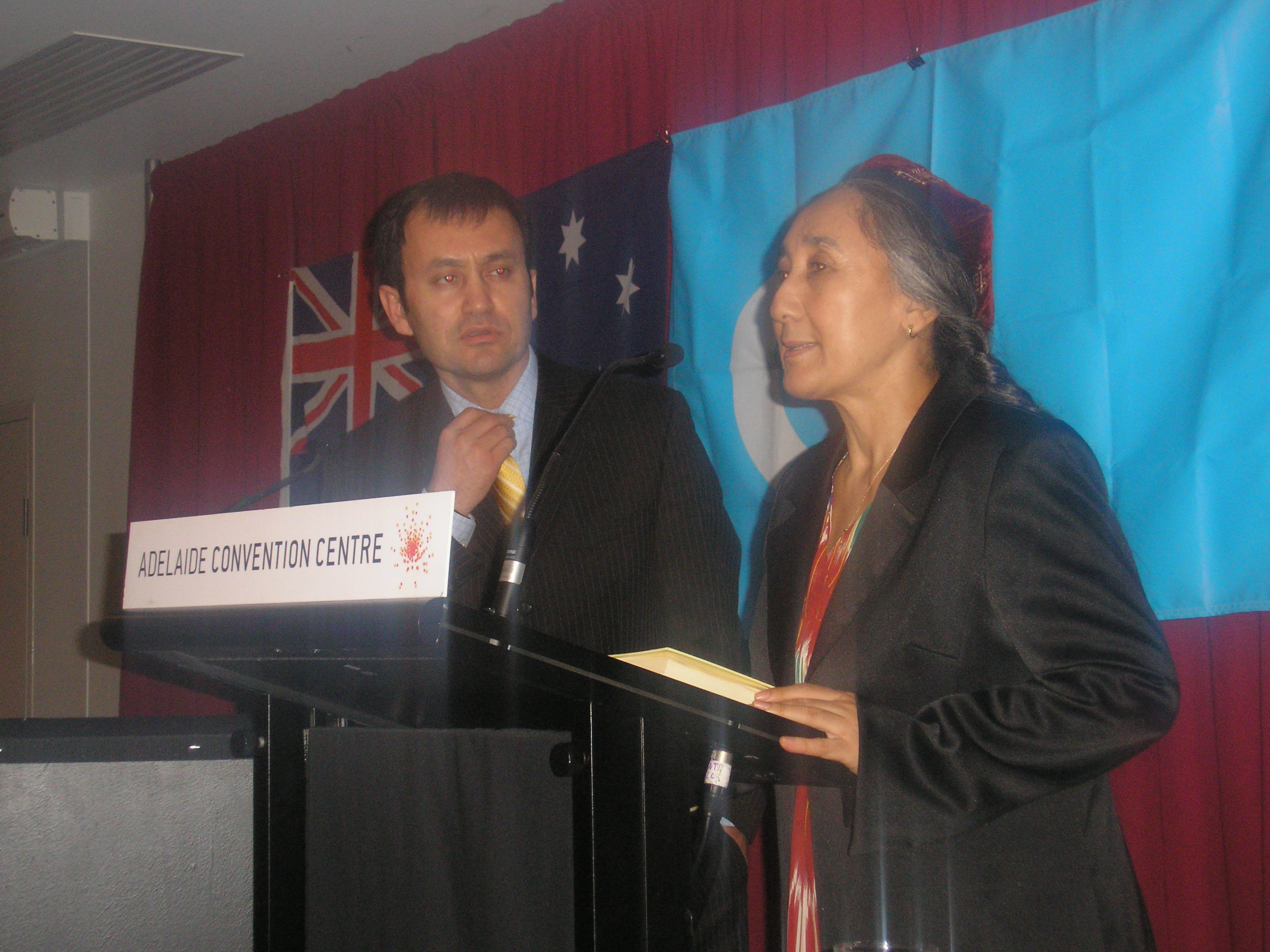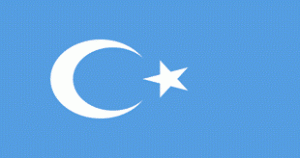 The East Turkistan Australian Association (ETAA) formed in 1992 by its founding President and its Honorary Chairman Ahmet Igamberdi. ETAA was established in 1992 to cater for the expanding East Turkistan Community in Australia.
The East Turkistan Australian Association (ETAA) formed in 1992 by its founding President and its Honorary Chairman Ahmet Igamberdi. ETAA was established in 1992 to cater for the expanding East Turkistan Community in Australia.
ETAA’s foremost objective is to establish and promote goodwill, brotherhood, friendship and unity amongst the people of East Turkistan and the general Australian community, as well as serving the community on their political, social, and cultural needs.The head office of the ETAA is based in Adelaide with two branches in Sydney and Melbourne respectively.
ETAA’s secondary objective is to raise awareness for the plight of the Uighurs who are currently under the brutal occupation of the Chinese Communist Government.
ETAA coordinates and manages the following activities and events:
Uighur Language School – Classes are held once weekly on Saturday
East Turkistan Football Club – Training on Wednesday and game on Sunday
Meshrap – Held once monthly
The number of people from East Turkistan origin migrating to Australia has steadily increased over the years. Due to this fact it has been necessary that we form a political, social and a cultural organisation to meet the needs of the expanding East Turkistan Community in Australia.
The Associations foremost objective is to establish and promote goodwill, brotherhood, friendship and unity amongst the people of East Turkistan as well as to strive for the preservation of their religious and cultural identity.
The East Turkistan Australian Organisation will do there upmost amongst its membership to respect and obey the constitution of the commonwealth of Australia, its head of state the Queen, her Government, Laws and all its democratic institutions.
The ETAA will strive to work for better understanding between the people of Australia and the East Turkistan Community residing in Australia. Furthermore, it will strive to acquaint the Australian public, Government Agencies, NGO’s and other respected institutions with the culture and tradition of East Turkistan.
ETAA aims to let the world know about the plight of the people of East Turkistan under the brutal Chinese Communist Occupation. ETAA will struggle for Human Rights, democracy and self determination for all peoples of East Turkistan.
The Chinese Communist Government has violated all the basic principles of human rights in East Turkistan. As a result of this oppression hundreds and thousands of Uighurs ( who are the indigenous people of East Turkistan) have been forced to flee and become refugees. The Australian Government has made the people of East Turkistan eligible to apply for Refugee Status. The ETAA will fully cooperate with the Australian Government on the issue of Refugees.
![]() The East Turkistan Australian Association (ETAA) formed in 1992 by its founding President and its Honorary Chairman Ahmet Igamberdi. ETAA was established in 1992 to cater for the expanding East Turkistan Community in Australia.
The East Turkistan Australian Association (ETAA) formed in 1992 by its founding President and its Honorary Chairman Ahmet Igamberdi. ETAA was established in 1992 to cater for the expanding East Turkistan Community in Australia.
